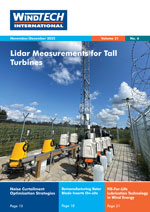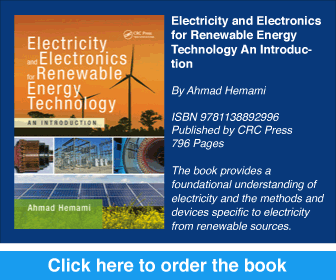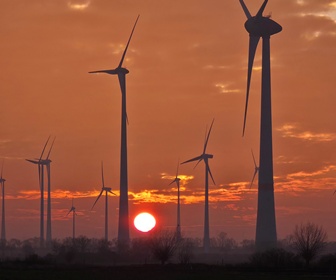Wind installations in the USA reached 2.1 GW in the first quarter of 2025, a 91% increase on the same period in 2024, according to the US Wind Energy Monitor from Wood Mackenzie and the American Clean Power Association. All of this capacity came from new onshore projects. Total installations for 2025 are forecast at 8.1 GW, including onshore, offshore and repowering. Turbine orders in the first half of 2025 fell by 50% year on year to their lowest level since 2020. This was attributed to tariffs and uncertainty over future policy.
Demand, particularly for safe harbour orders, is expected to recover later in the year following the passing of the One Big Beautiful Bill Act (OBBBA).
Wood Mackenzie notes a downward revision of 430 MW in the outlook for onshore wind additions between 2025 and 2029. This reflects permitting issues, tariff risks and the scheduled end of tax credits. A late surge in orders is expected in 2029–2030 as developers move to secure incentives before tax credits expire. Western states are projected to add 9.4 GW of new capacity by 2029.
For offshore wind, where most projects are already in construction, the forecast remains steady at 5.9 GW of new capacity by 2029. However, no new projects are expected to reach a final investment decision during President Trump’s current term, which could reduce offshore activity in the 2030s.
Despite current uncertainty, Wood Mackenzie forecasts average annual installations of 8.9 GW for the next five years. By the end of 2029, total additional capacity is expected to reach 44 GW, including 33 GW onshore, 6 GW offshore and 5.4 GW from repowering. Cumulative installed capacity is projected to reach 197 GW.
The OBBBA, enacted on 4 July 2025, alters tax credit eligibility from “placed in service” to “start of construction”, allowing a 12‑month period to begin projects and still qualify for a four‑year safe harbour. This change is likely to drive safe harbour equipment purchases for projects targeting 2029–2030.
Wood Mackenzie’s analysis indicates that the expiry of tax credits would increase the levelised cost of energy by around 25% without subsidies, while tariffs could raise it by up to 10%.










